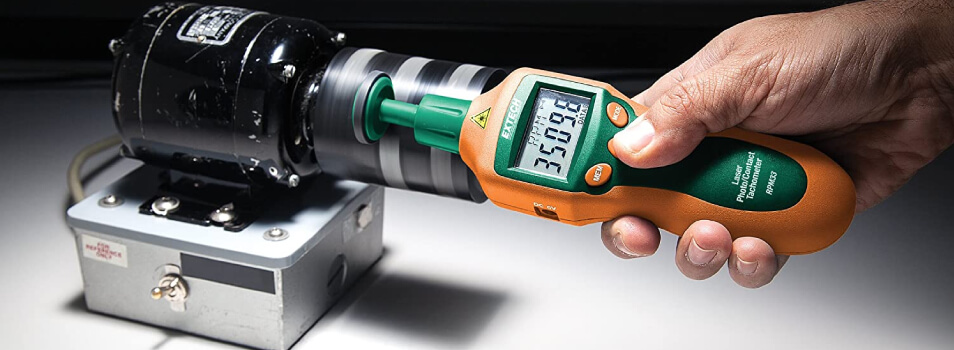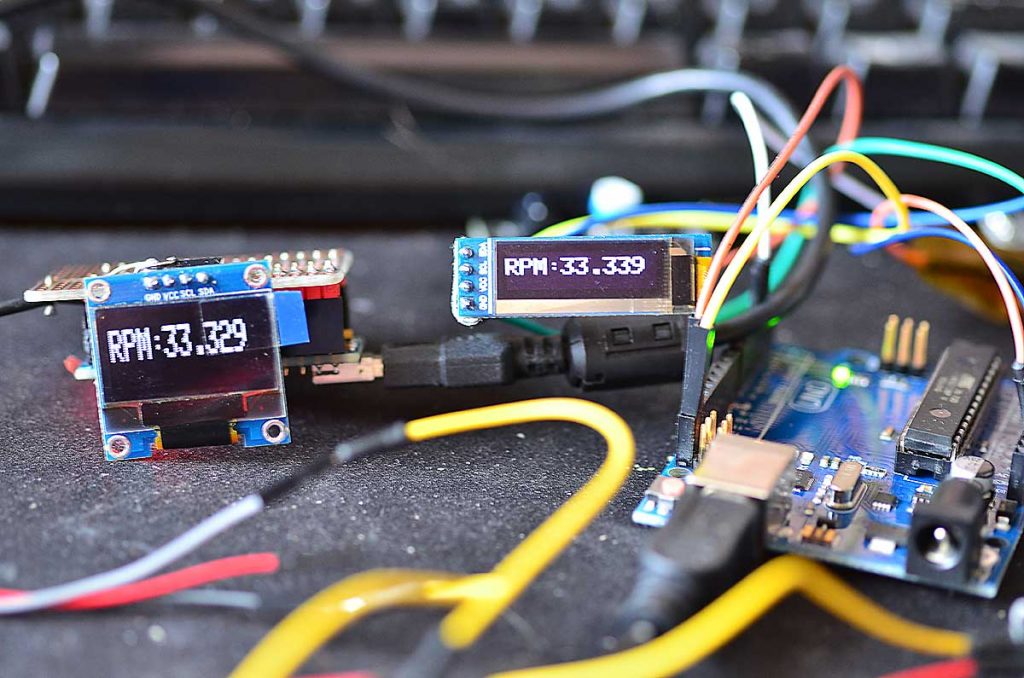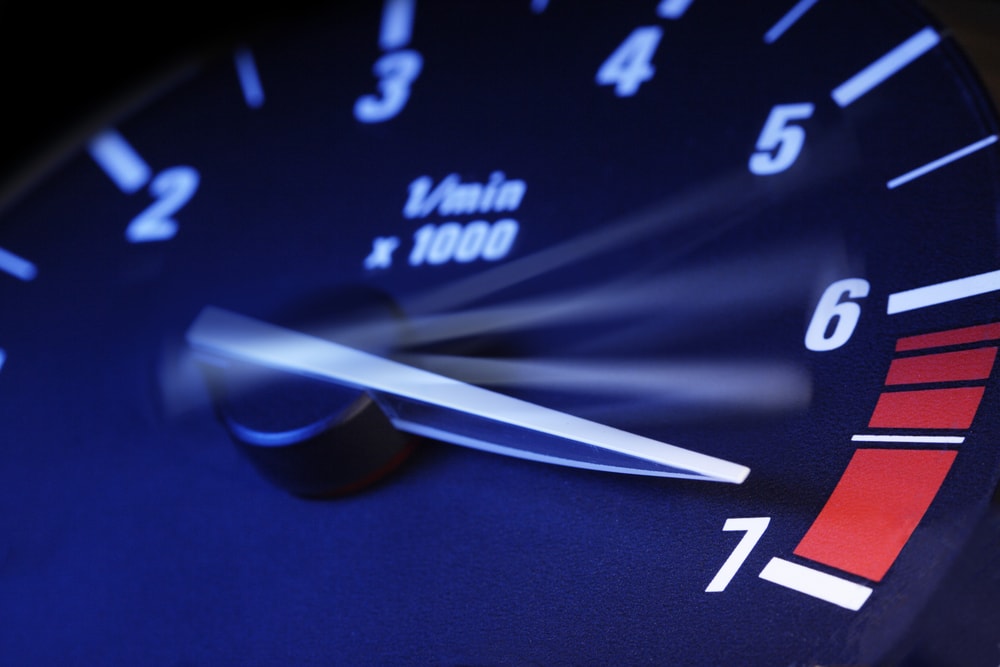For Industry QA Professionals and automotive enthusiasts, knowing how to measure engine RPM without a tachometer might seem like a complex task. However, with the right technology and methods, it’s not only possible but also quite straightforward. This guide aims to provide you with detailed insights and methods that are typically used in various industries. Whether you’re a seasoned expert or a curious beginner, you’ll find this information useful and enlightening.

Understanding the Basics of Engine RPM
Before diving into the methods of measuring engine RPM, let’s first understand what RPM stands for and why it’s important. RPM stands for Revolutions Per Minute. It is a measure of how many times the engine’s crankshaft completes a full rotation every minute. This metric is crucial for assessing the performance and efficiency of an engine.
Why Measure Engine RPM?
- Performance Tuning
- Fuel Efficiency
- Engine Diagnostics
Common Methods to Measure Engine RPM Without a Tachometer
While tachometers are commonly used for this purpose, several other techniques can help measure engine RPM accurately. Here, we’ll explore some of these methods.
Using a Timing Light
A timing light can be an effective tool for measuring engine RPM. This device is generally used for timing ignition systems but can also be employed to measure RPM. Attach the timing light to the engine’s spark plug, point it at the harmonic balancer, and count the flashes.
Acoustic Methods
Acoustic methods involve using sound to measure engine RPM. By analyzing the sound frequency produced by the engine, you can calculate the RPM. Specialized equipment is required for this method, making it more suitable for professionals.
Calculating RPM Based on Speed
If you know the vehicle’s speed and gear ratio, you can calculate engine RPM. This method requires some mathematical calculations but is quite accurate. Use the formula: RPM = (Speed * Gear Ratio * 336) / Tire Diameter.
Advanced Technological Methods
With technological advancements, new methods have emerged that make measuring engine RPM without a tachometer easier and more accurate.
Laser Tachometers
Laser tachometers use a laser beam to measure the speed of the engine. Simply point the laser at a rotating part of the engine, and the device will give you an accurate RPM reading.
Smartphone Apps
Several smartphone apps are now available that can measure engine RPM. These apps use the phone’s microphone or camera to capture engine vibrations or sound frequencies and then calculate the RPM.
Industry Applications
Professionals in various industries, including automotive, aerospace, and manufacturing, often need to measure engine RPM without a tachometer. Here are some examples:
Automotive Industry
In the automotive industry, measuring engine RPM is crucial for performance tuning and diagnostics. Using methods like timing lights and laser tachometers can help professionals ensure optimal engine performance.
Aerospace Industry
In the aerospace industry, engine RPM is critical for the safety and performance of aircraft. Acoustic methods and advanced technological tools are commonly used to measure RPM in this sector.
Manufacturing Industry
In manufacturing, engine RPM measurements are essential for machinery maintenance and performance optimization. Laser tachometers and smartphone apps are often used in this context.
Challenges and Solutions
While measuring engine RPM without a tachometer is possible, it comes with its own set of challenges. Here are some common challenges and their solutions:
- Accuracy: Ensure you use calibrated devices and follow the manufacturer’s instructions.
- Cost: While some methods require specialized equipment, smartphone apps offer a cost-effective alternative.
- Complexity: Some methods involve complex calculations or setups. Seek professional help if needed.
Conclusion
Measuring engine RPM without a tachometer is not only feasible but also practical with the right tools and methods. Whether you’re an industry professional or an automotive enthusiast, this guide provides you with a comprehensive overview of various techniques to measure engine RPM effectively. Embrace the advancements in technology and choose the method that best suits your needs.

FAQs
- Q: What is RPM?
A: RPM stands for Revolutions Per Minute, a metric that measures the rotational speed of an engine’s crankshaft.
- Q: Can I measure RPM with my smartphone?
A: Yes, several smartphone apps are designed to measure engine RPM by capturing vibrations or sound frequencies.
- Q: Is measuring RPM without a tachometer accurate?
A: While some methods may be less accurate than others, using calibrated devices and following proper procedures can yield reliable results.
For more detailed information on tachometers and their uses, you can visit Wikipedia’s tachometer page.
